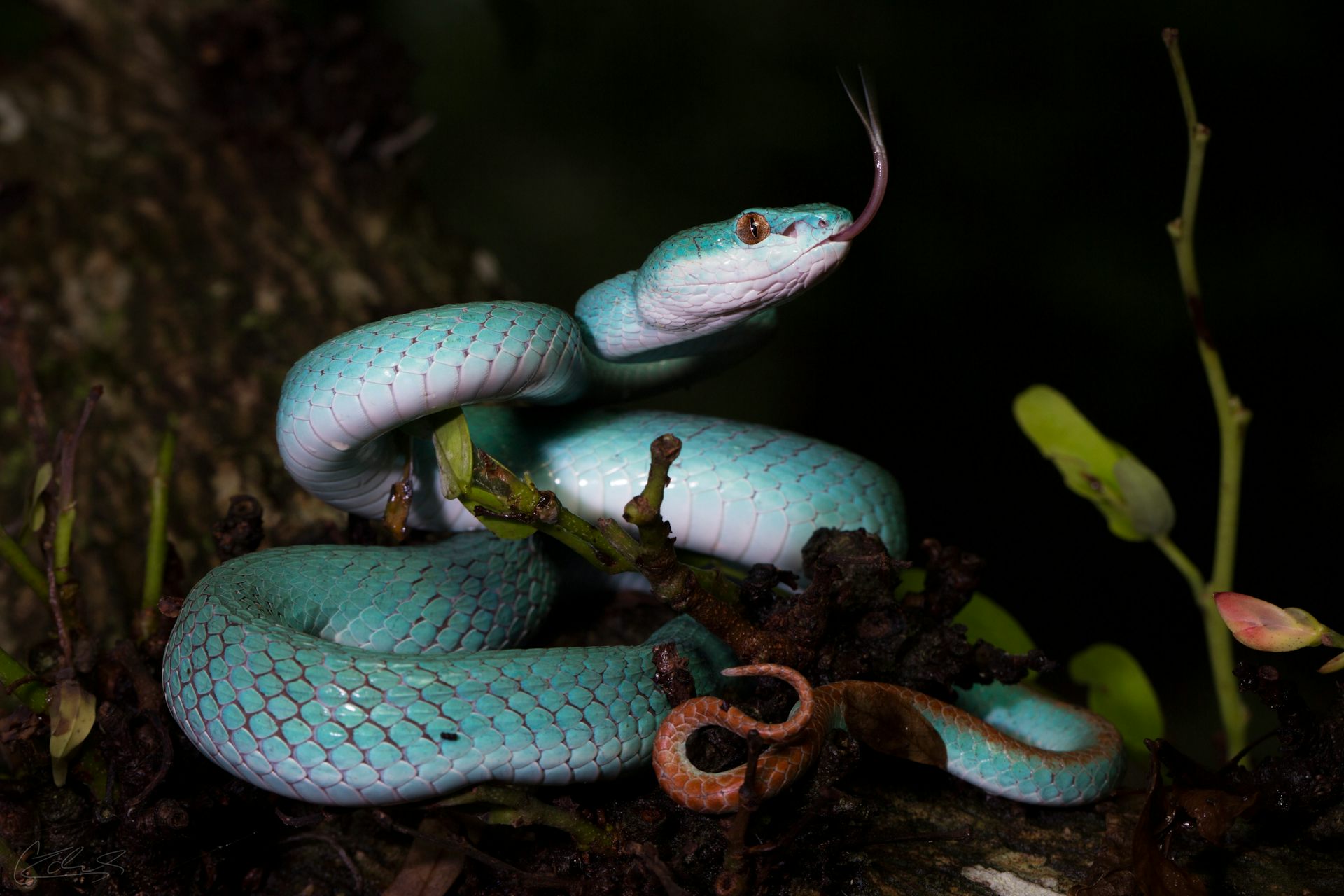Introduction
The Tasmanian tiger snake, clinically referred to as Notechis scutatus, is one of Australia's most intriguing reptiles. Discovered mostly in Tasmania and its surrounding islands, this serpent has actually amassed focus not just for its striking look however likewise for its complex actions and essential role in the community. This post will discover the various facets of the Tasmanian tiger serpent's environment, habits, makeup, and interactions with human beings while offering necessary details concerning safety measures in case of a serpent bite.
Whether you're a researcher, a wild animals enthusiast, or just somebody curious concerning these fascinating animals, this thorough overview assures to supply understandings that are both interesting and appealing. So let's embark on this trip to comprehend the Tasmanian tiger serpent better!
The Tasmanian Tiger Serpent: An Overview
Physical Qualities of the Tasmanian Tiger Snake
Tiger snakes are characterized by their distinctive pigmentation and patterns. They usually show a mix of yellow or lotion red stripes on a dark brownish or black background-- for this reason the name "tiger." Adult tiger serpents can grow up to around 2.1 meters long, although most individuals balance around 1.5 meters.

Key Features:
- Coloration: Varies from dark brownish to olive environment-friendly with lighter bands. Size: Grownups typically range from 1.2 to 2.1 meters. Head Forming: Definitely broad with famous eyes.
Distribution and Environment of the Tasmanian Tiger Snake
The Tasmanian tiger serpent predominantly occupies coastal regions, wetlands, marshes, and meadows in Tasmania. It prospers in environments where it can easily access water resources considering that it is often found near streams or lakes.
Habitat Preferences:
- Wetlands: Perfect for searching target like frogs and tiny mammals. Coastal Locations: Offers plentiful food resources. Grasslands: Provides cover and basking spots.
Understanding Tiger Snake Behavior
Feeding Practices of the Tasmanian Tiger Snake
Tiger snakes are meat-eating and opportunistic feeders. Their diet consists mostly of frogs, fish, small creatures, and birds. They rely upon their eager sight and swift movements for hunting.
Dietary Break down:
- Frogs: A primary component due to abundance in marsh habitats. Fish: Regularly captured when swimming in superficial waters. Small Creatures: Periodically exploit rodents.
Breeding Actions of the Tasmanian Tiger Snake
Tiger snakes have a remarkable reproductive cycle. Mating generally occurs in springtime after arising from hibernation. Female Click here for more tiger serpents give birth to live young instead of laying eggs, which is rather special amongst reptiles.
Reproductive Cycle:
- Mating Period: Spring (September to November). Gestation Duration: Roughly three months. Litter Dimension: Ranges from 20 to 40 child tiger snakes.
Aggression and Defense Mechanisms of the Tasmanian Tiger Snake
Though they can be aggressive when intimidated, tiger serpents frequently choose to retreat rather than confront risk directly. Their primary defense reaction consist of biting when caught or showing their size with hissing.
Defensive Techniques:
- Hissing Noise: A caution signal indicating distress. Bite Response: A last option when retreat options are limited.
Are Tiger Snakes Venomous? Understanding Their Venom
Venom Make-up and Effects
Yes! The Tasmanian tiger serpent is poisonous. Its poison includes neurotoxins that can create serious damage or even death if left neglected. The results of a bite can include paralysis, swelling at the bite site, nausea or vomiting, and other systemic symptoms.
Venom Attributes:

- Neurotoxic Parts: Affect nerves functioning. Hemotoxic Effects: Can result in tissue damage.
Common Signs and symptoms Complying with a Tiger Serpent Bite
Recognizing signs and symptoms without delay is essential for reliable first aid management after a Click for source serpent bite:
- Severe pain at bite site Swelling Nausea or vomiting Difficulty breathing
First Aid for Serpent Bites: What You Required to Know
Immediate Tips After a Tiger Serpent Bite
In case you run into a situation involving a tiger snake bite, it's critical to act promptly:

Creating Your Serpent Bite First Aid Kit
Having a sufficiently stocked emergency treatment kit can make all the distinction throughout emergencies:|Product|Function|| ------|---------|| Compression bandage|To debilitate limb|| Splint|To support injured location|| Disinfectant wipes|For cleaning up wounds|
FAQs Concerning the Tasmanian Tiger Snake
What do infant tiger snakes eat?
Baby tiger snakes mostly feed upon little insects and amphibians up until they grow huge enough to search larger prey like frogs or tiny fish.
How unsafe is a tiger serpent bite?
A tiger snake bite can be incredibly hazardous due to its powerful poison; instant medical interest is crucial for survival.
Where are eastern tiger snakes found?
Eastern tiger snakes occupy seaside regions throughout southeastern Australia but are much less usual than their Tasmanian counterparts.
What must I do if I see a tiger snake?
Maintain your distance; do not attempt to manage it unless you're educated to do so-- most bites happen during attempts at capture or mishandling.
Can I survive without antivenom after being bitten?
While some people might survive without antivenom depending on various aspects such as health conditions and time considered treatment; looking for prompt medical aid is constantly advised as it substantially enhances survival chances.
Are there any type of particular safety measures I need to take while treking in Tasmania?
Always wear sturdy boots, remain on marked trails, stay clear of tall yard where visibility may be limited; familiarize yourself with regional wildlife before going out into nature!
Conclusion
The Tajamanian tiger serpent represents a vital part of Australia's rich biodiversity landscape both environmentally as killers and culturally as signs within Australian folklore. Comprehending their habitat preferences along with behavior gives understanding right into exactly how we can coexist safely while What are the most venomous snakes in Australia respecting wildlife boundaries-- remembering that understanding leads us towards much safer adventures outdoors!
By staying notified concerning potential threats such as envenomation from bites while additionally taking safety nets guarantees positive experiences when running into these remarkable creatures!
In conclusion, whether you're fascinated by their striking appearance or astounded by their intricate behaviors-- the Tasmanian tiger serpent undoubtedly is worthy of acknowledgment past simple attraction-- it encapsulates nature's beauty intertwined elaborately within our ecosystems!